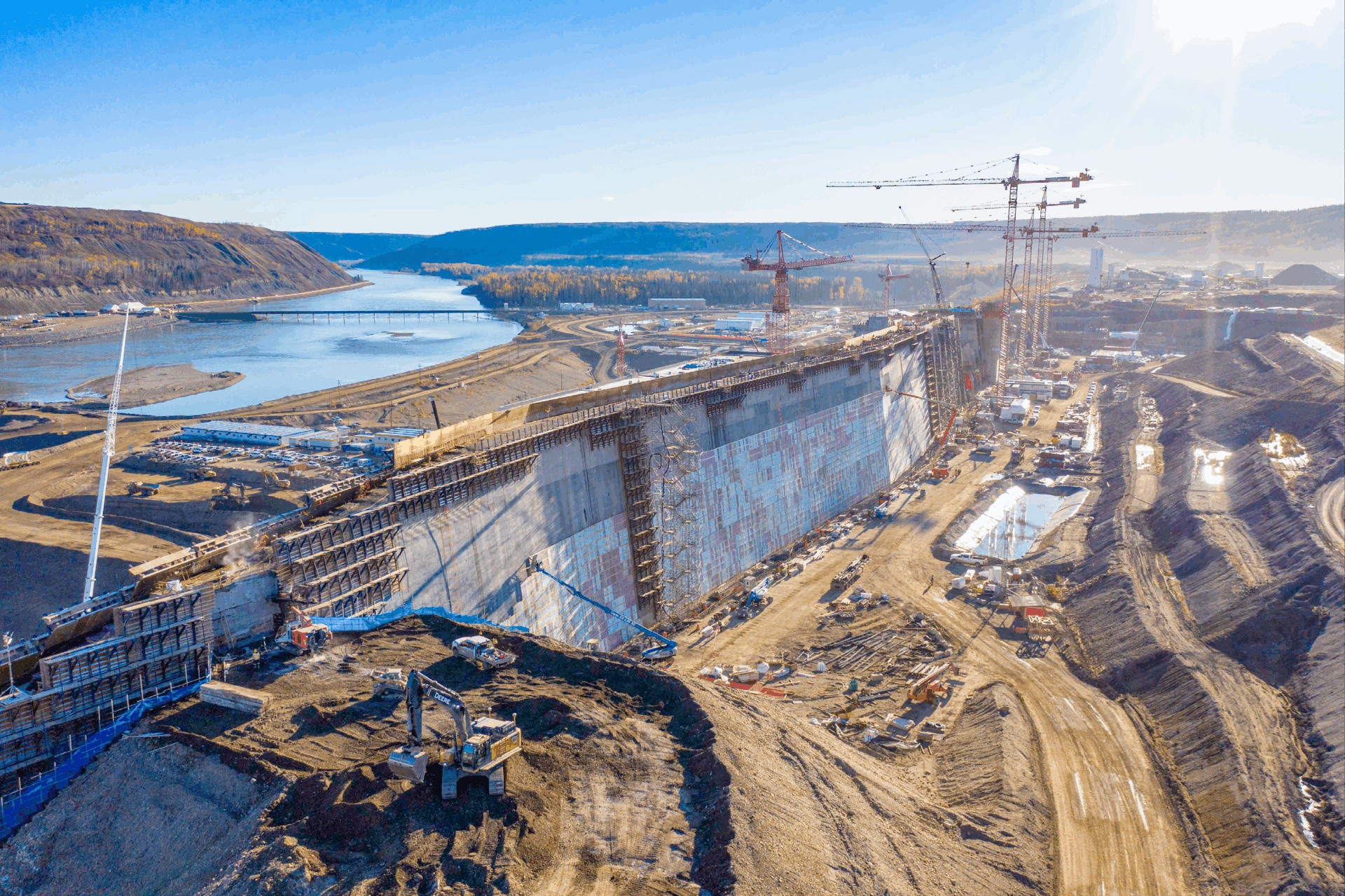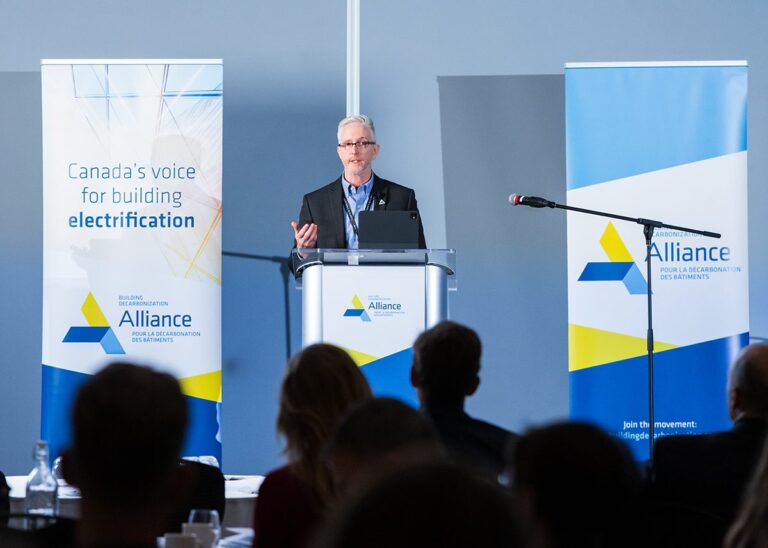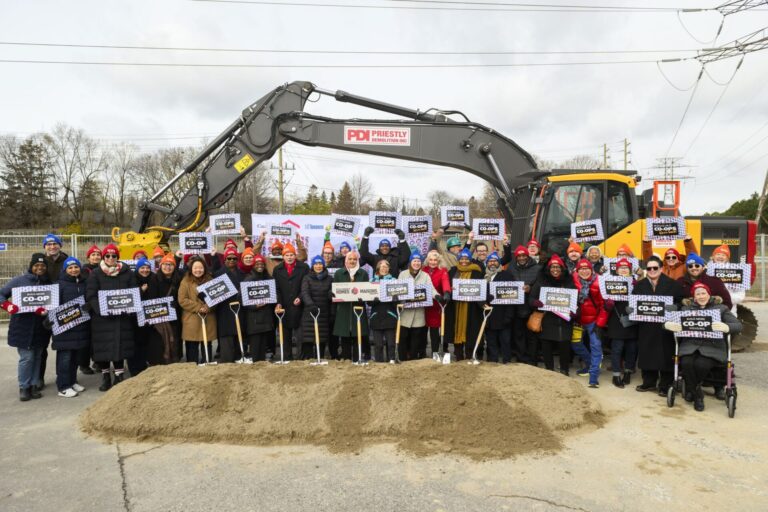With the federal and provincial governments working to finalize a list of large nation-building infrastructure projects to energize the Canadian economy, improve productivity, and break its dependence on U.S. markets, Canadian business leaders have their own long wish-list, ranging from improving existing ports and transportation networks to building an energy-agnostic utility and digital infrastructure corridor, finds a recent survey by KPMG in Canada.
Nine in 10 business leaders want all levels of government to declare the building of an energy-agnostic utility corridor “a national emergency and quickly align to expedite and streamline the review processes,” the research finds.
“We’re seeing unprecedented pressure on our infrastructure and construction industries to deliver projects quickly and urgently,” says Zach Parston, Partner and National Leader, Infrastructure, KPMG in Canada. “With projects currently underway from transit and transportation to mines for critical minerals, hospitals and water treatment plants to artificial intelligence data centres, Canada is already in a megaproject era that’s about to intensify in a big way. All of these investments will help to drive Canada’s productivity.
“Yet, infrastructure resources – both financial and human – are finite. For Canada to deliver on its build ambitions, let alone complete current projects, productivity in their own industry will need to increase exponentially. That will require significant innovation. Companies will need to incorporate new technologies, including AI, to improve construction and planning efficiency,” he says.
Financing these projects will be key, with nine in 10 business leaders saying Canada will need to “unlock” public-private investment in infrastructure to incentivize institutional investors and private capital to participate.
“The success of these projects will hinge on how they are structured and financed,” says John Cho, National Private Capital Leader in Canada and Head of Deal Advisory for KPMG in the Americas. “If they can be structured in such a way to attract institutional investor and private capital ownership, it will allow the federal government to continue to invest in other areas critical for maintaining and improving the lives of Canadians.”
Key survey findings
- 92 per cent say it would help their company grow or expand their business nationally and overseas if investments were made to improve the country’s infrastructure (e.g., transportation networks, ports, pipelines, etc.)
- 90 per cent say all levels of government need to declare the building of an energy-agnostic utility corridor as “a national emergency and quickly align to expedite and streamline the review processes”
- 90 per cent want Canada to invest in a policy and infrastructure agenda to unlock the country’s economic potential, including a national utility corridor and digital infrastructure
- 90 per cent say Canada will need to unlock public-private investment (public-private partnerships) in infrastructure
- 89 per cent say “Canada’s ports are woefully unproductive and need major investments” in order “to make good on the promise of wider global trade”
- 89 per cent say “all levels of government must collaborate and create pre-approved industrial zones across Canada to cut red tape and speed up approval times to build refineries, mines, or factories that would allow for expansion within Canada and open up access to coastal ports and put a stamp on Arctic sovereignty”
Keeping projects on track with tailored governance frameworks
According to the University of Toronto-led G7 Research Group, strategic investments in infrastructure drive economic productivity, with returns of $1.40 to $1.60 for every dollar invested in the first year and $1.20 to $1.50 in subsequent years thereafter.
“While transformative to the economy and society, megaprojects are notorious for running late and overbudget”, says Janet Rieksts Alderman, Chair of KPMG in Canada’s Board Leadership Centre and National Leader, Power, Utilities and Renewables.
There are many reasons for cost overruns and delays, including scope creep, poor planning, optimism bias (leading to underestimating costs, schedules and risks), stakeholder consultations, environmental assessments, bureaucratic delays and multiple layers of regulations, including federal, provincial and municipal laws.
“But, the primary reason megaprojects fail is poorly designed governance,” she says. “A large infrastructure project requires a well-designed governance framework that answers the question ‘who does what, when and how’ at every stage of the project. It establishes clear accountability, authority, and issue-escalation protocols, defines roles and responsibilities, and embeds oversight and reporting mechanisms at all levels to ensure alignment and transparency over the project’s entire lifespan. It really is foundational, and helps project teams and Boards anticipate and plan for the unexpected.”
At last week’s Institute of Corporate Directors (ICD) national conference in Edmonton, Parston, Doug Ewing, who leads KPMG’s Major Project Advisory Services, and Rieksts Alderman explained the elements of a six-pillar approach to designing a proper governance framework that defines the project’s ultimate success. The six pillars cover investment and business planning; governance and oversight; organizational structure and performance metrics; commercial and financial (structuring and financing projects effectively); approvals and social licence; and delivery and risk management.
“After studying numerous projects in Canada and abroad that failed to meet expectations, we identified a number of common issues that caused projects to go over budget and schedule,” says Ewing. “In order to deliver projects that meet targets, it’s critical to establish a comprehensive framework that covers each pillar.”
“In a lot of projects, people get so bogged down in individual details, they lose sight and control of the overall objective,” he says. “We recently helped a client get a major project back on track after they became so immersed in the engineering potential, the project morphed from its business purpose. This kind of thing happens more often than you think. In evaluating the project against both their objectives and the pillars of good governance, it became evident they needed to course-correct. As a result, we prevented them from missing their timelines, budgets and ultimately their business goals.”
Featured image: Site C Clean Energy Project. (BC Hydro)












